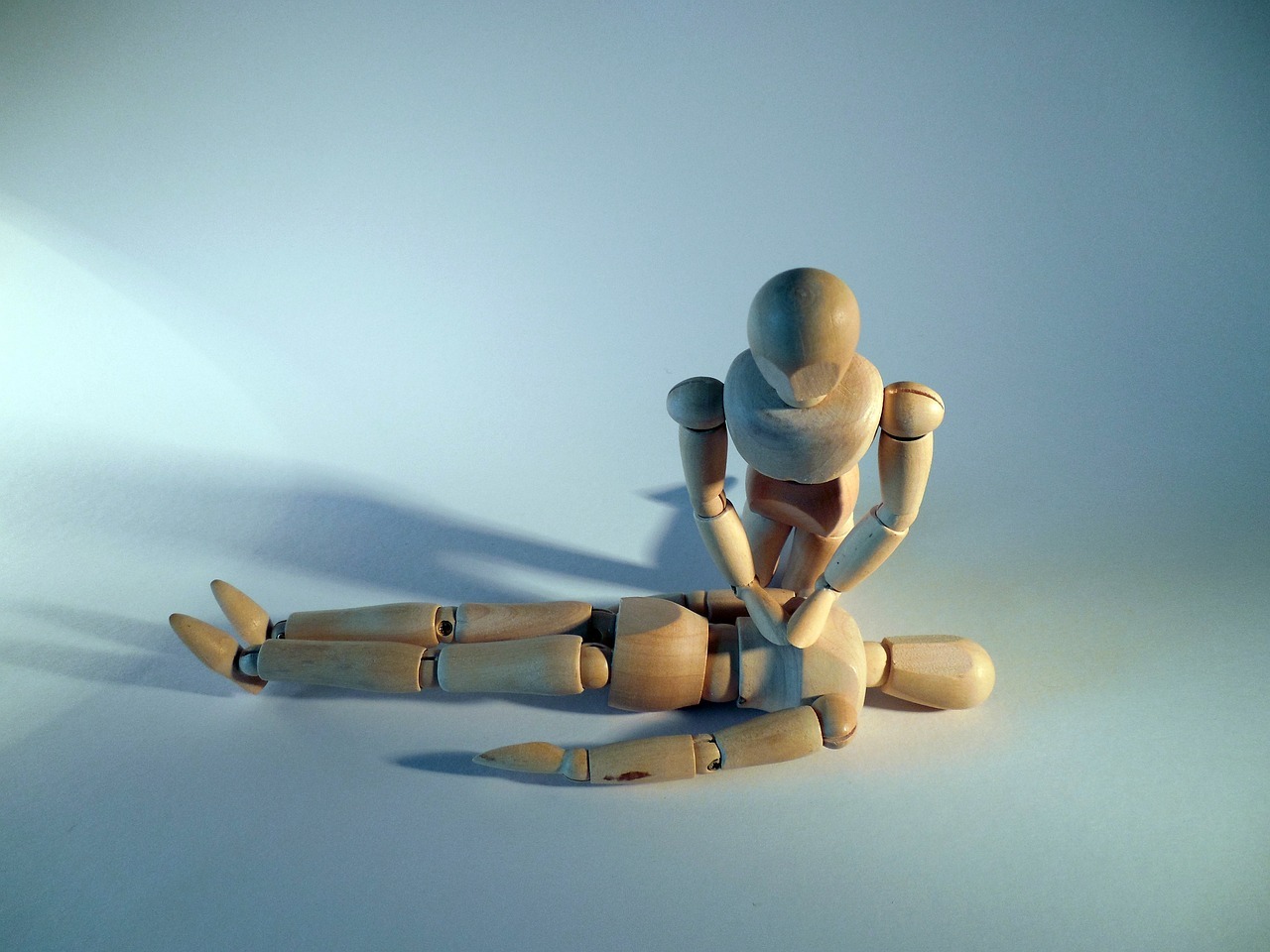When faced with an emergency medical situation, the first thing most people would do is call 911. While this is exactly the right thing to do, there are some instances where you may not be able to call 911 right away, so you’ll have to act fast on your own. This is why it’s essential that everyone (who is able) should learn basic first aid techniques. Here are six basic skills everyone should know for survival.
1. Treat a Burn
Medically, there are three degrees of burns, and anyone can learn to treat the first two. First degree burns can be easily treated with aloe vera gel, while second degree burns are more swollen and blistered, but they can be treated with cool water and aloe vera gel or other topical burn treatments. Third degree burns are more blistered and cause more damage to the skin. These burns should only be treated by a medical professional.
2. Set a Splint
Broken bones don’t always have to be treated by a medical professional right away. You can set a splint with common household items, or with sticks and clothing if you’re out in the woods away from your home. Broken bones must be set with a splint before the person is moved in order to prevent further injury. If the broken bone is anywhere that isn’t a limb/hand/fingers/foot/toes, then a professional must treat this.
Sprains and strains are also pretty common and are more easily treated than broken bones. Sprained joints require ice, compression, and elevation, while strains require heat. Although they’re not as severe as broken bones, they can get worse if not treated properly.
3. Heimlich Maneuver
The Heimlich maneuver is used when a person is choking, but only when they can’t talk (or make noise) or breathe. When the airway is blocked by food or another object, brain damage can occur if the airway isn’t cleared. Most people know how to perform the Heimlich maneuver by putting pressure on a person’s abdomen and pushing up. You can also apply pressure between the shoulder blades for infants.
4. Excessive Bleeding
Minor cuts and scrapes can be easily treated with bandages and antibiotic ointment. However, excessive bleeding is a little more difficult to treat, and bleeding from a main artery can bleed out in as little as 10 minutes. You can temporarily treat excessive bleeding by applying pressure to the wound with a piece of clothing, and you can also make a tourniquet.
Some cuts may not cause serious bleeding, but may also require stitches. Being able to stitch a wound is considered a minor surgical procedure, so ideally, this should be done by a medical professional. However, it is possible to give yourself or someone else stitches in emergency situations.
5. Concussions
A concussion is a type of TBI (traumatic brain injury) caused by a bump or heavy blow to the head. Spotting a concussion quickly can be a matter of life and death, and should be closely monitored. Some of the signs of a concussion include:
- Anxiety
- Balance problems
- Confusion
- Dizziness
- Fatigue
- Headache
- Irritability
- Memory loss
- Nausea and/or vomiting
- Vision problems
Emergency symptoms include seizures, slurred speech, consistent vomiting, and trouble waking up. All types of concussions would be reported to medical professionals and closely monitored.
6. Basic Life Support
Basic life support is something that anyone can learn, and CPR (cardiopulmonary resuscitation) is one of the most basic forms of life support. CPR is used to provide breathing and heartbeats to someone who has lost consciousness and isn’t breathing. Anyone can learn CPR from an online basic life support class or an in person class. Even though hands-only CPR and “bad” CPR are better than none at all, it’s best to learn how to perform it properly— particularly because you have to perform CPR in different ways on different individuals (i.e., children and babies vs. adults).
It’s also good to know how to identify the signs of a stroke, heart attack, and anaphylaxis (severe allergic reaction). While these are all advanced life support, spotting them quickly and getting immediate medical attention can make a world of difference.
You don’t have to go to medical school to learn the basics of first aid and survival. Many survival techniques just take research or a short class online to learn the proper way to do it and knowing these things can help save the life of another or your own if you can’t get to emergency medical services right away.

